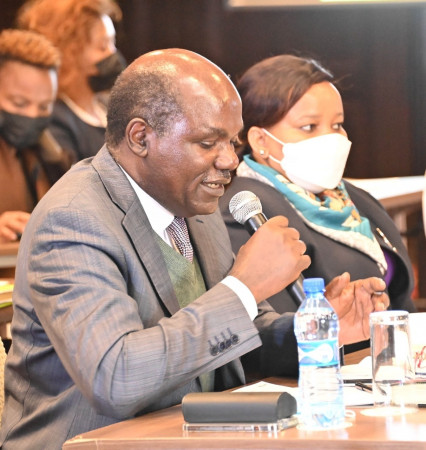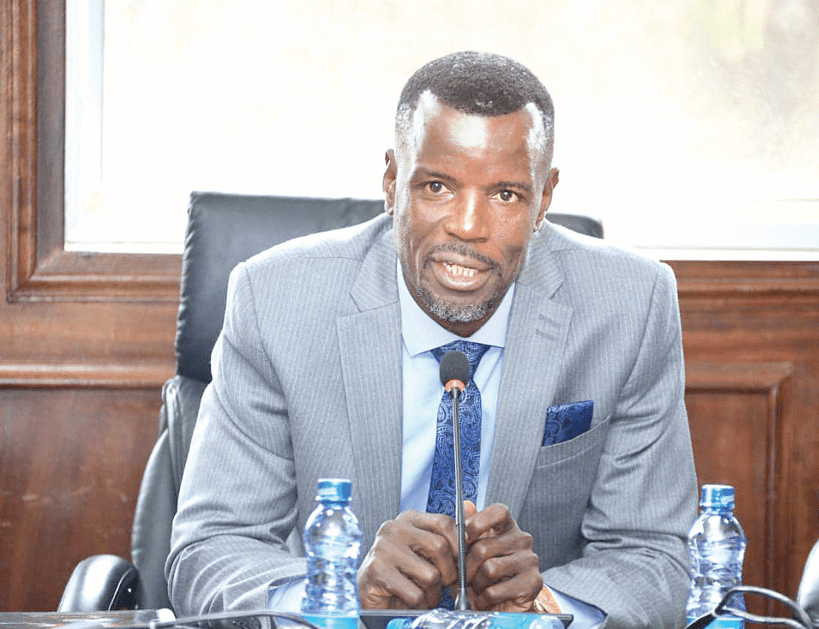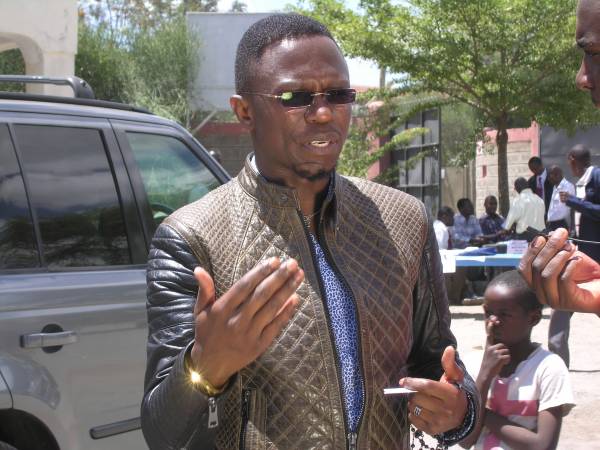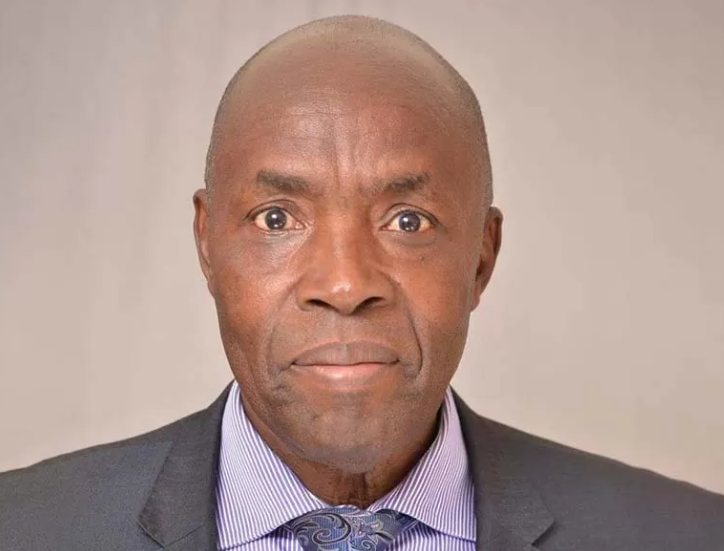Manual voters list: IEBC bows to pressure

Independent Electoral and Boundaries Commission (IEBC) has bowed to pressure from political parties to provide a manual register at each polling station.
The register will be used as a complimentary method of voter identification should the electronic kits fail on polling day.
In a meeting with the four presidential contenders at Windsor Hotel in Nairobi yesterday, the commission agreed to provide all the details of the Kenya Integrated Elections Management System (KIEMS) kits, the information to be loaded on them and the location where the kits will be used.
The polls agency agreed to facilitate the agents of the four candidates to visit the Greece-based firm, Inform Lykos, where the ballot papers will be printed.
IEBC intends to print over 120 million ballot papers for the six elective positions to be contested in the August 9 election, which is 39 days away today.
Last week, IEBC invited Deputy President William Ruto of Kenya Kwanza Alliance, Raila Odinga of Azimio-One Kenya Coaltion Party, George Wajackoyah of Roots Party and David Mwaure of Agano Party to discuss the concerns they had raised over IEBC’s preparedness to conduct the August polls.
Raila had raised questions about whether IEBC would have a printed register of voters at polling stations, while Ruto had questioned why some voters had been transferred to different polling centres without their consent.
Seven civil society organisations have also moved to court to challenge the commission’s decision to do away with the use of manual register.
Prior to yesterday’s meeting, Raila and Ruto had taken a common stand on the phasing out of the physical register for voter identification in favour of the biometric system.
Yesterday, however, they took divergent paths, with Raila insisting that the physical register must be available while Ruto said he would be okay with an electronic register if IEBC gave sufficient safeguards that all registered voters would be allowed to cast their ballots.
The two leaders had also questioned how IEBC would transmit results from areas not covered by 3G and 4G internet networks although the commission has said it will use satellites modems.
Election laws
Yesterday, the poll agency made a spirited effort to convince the candidates and their agents on why the commission was insisting on the exclusive use of the Electronic Voter Identification system and only resort to the manual register should the kits fail.
While Ruto’s UDA and his Agano counterpart David Mwaure did not have any issue with the use of the technology, the Azimio-One Kenya team was categorical that failure to provide the complimentary method of voter identification at polling stations would be against the election laws and regulations.
“The commission will use the primary method of identifying the voters by the use of KIEMs kits. If that fails then an alpha-numeric number will be used to identify the voters. The manual register will be the last resort,” said Commission Secretary Marjan Hussein Marjan.
“If the biometric identification does not work, IEBC officers will search through the Kenya Integrated Election Management System (KIEMS) using the ID number, which will retrieve the voter information for identification.”
The information would include fingerprints, which would give the polling clerk an opportunity to redo the fingerprint identification to confirm the identity of the voter.
Marjan said that in identifying voters, the kits would be operating offline and would only operate through a network when transmitting election results.
The IEBC chief executive further told the presidential candidates that some 55,100 kits would be used in the 46,233 polling stations with at least six kits available for back up in every ward should any other kit fail.
Raila and Ruto, who attended the session exchanged pleasantries at the hotel’s lobby when the former was leaving and the latter was arriving. “We want to seek leave to attend to other matters but we have a very robust team behind us. We apologise for leaving before the end, but duty calls,” Karua said while leaving the meeting room.
Double voting
Wajackoyah and his team left shortly thereafter.
In the 2017 polls, the commission deployed some 45,100 kits to be used in the 40,833 polling stations. That left only two kits available as backups.
Marjan explained that each kit will have an SD-card that will have details of all voters. “There is no cause for alarm since all the information is stored in the SD card. If one kit fails, we will simply remove the card and put it in another kit,” said Marjan.
Marjan further explained that a manual register can abet double voting, especially in the late hours of the voting exercise when officers are tired.
“This method (of using a manual register) is prone to abuse. When you identify voters through technology, the system automatically archives the details of those who have voted, meaning that if that person presents himself again, then that person cannot be able to vote (again). The system will automatically sound an alarm. The system will also maintain account and tally of those who have voted,” said Marjan.
Chebukati also assured the candidates that although a petitioner lodged a case in court concerning the use of the manual register, IEBC would print the register so that irrespective of the court’s outcome, it will be available for use.
Court ruling
This is after Azimio raised concern with what they termed as an imminent violation of section 44 (a) of the Elections Act and Regulations 69 of the general regulations of elections.
Azimio Chief Agent Saitabao ole Kanchory said that section 44A envisages a complimentary mechanism of voter identification, which is not the same as the electronic identification.
“It is our reading and understanding of the law that the complimentary mechanism is completely different from the electronic one that is being used as the primary voter identification device,” said Kanchory.
Under the Elections Amendments Act, section 44 A states that the commission shall put in place a complimentary mechanism for identification of voters and transmission of election results that is simple, accurate, verifiable, secure, accountable and transparent to ensure that the commission complies with Article 38 of the Constitution.
The section was passed in Parliament after the Supreme Court nullified the August 8, 2017 presidential election. In their ruling, the judges cited massive irregularities and illegalities.















